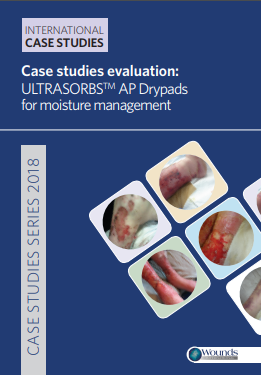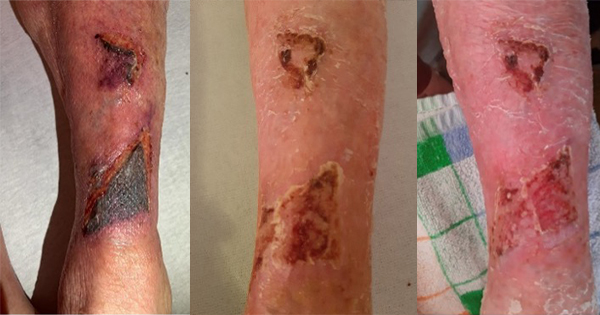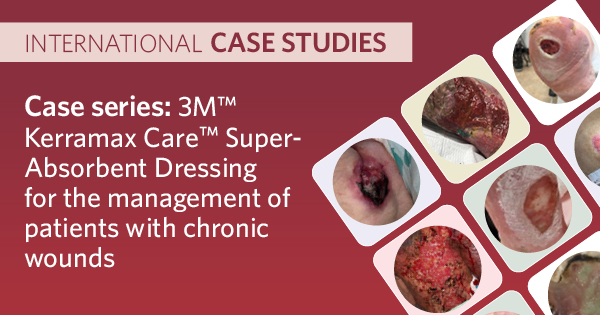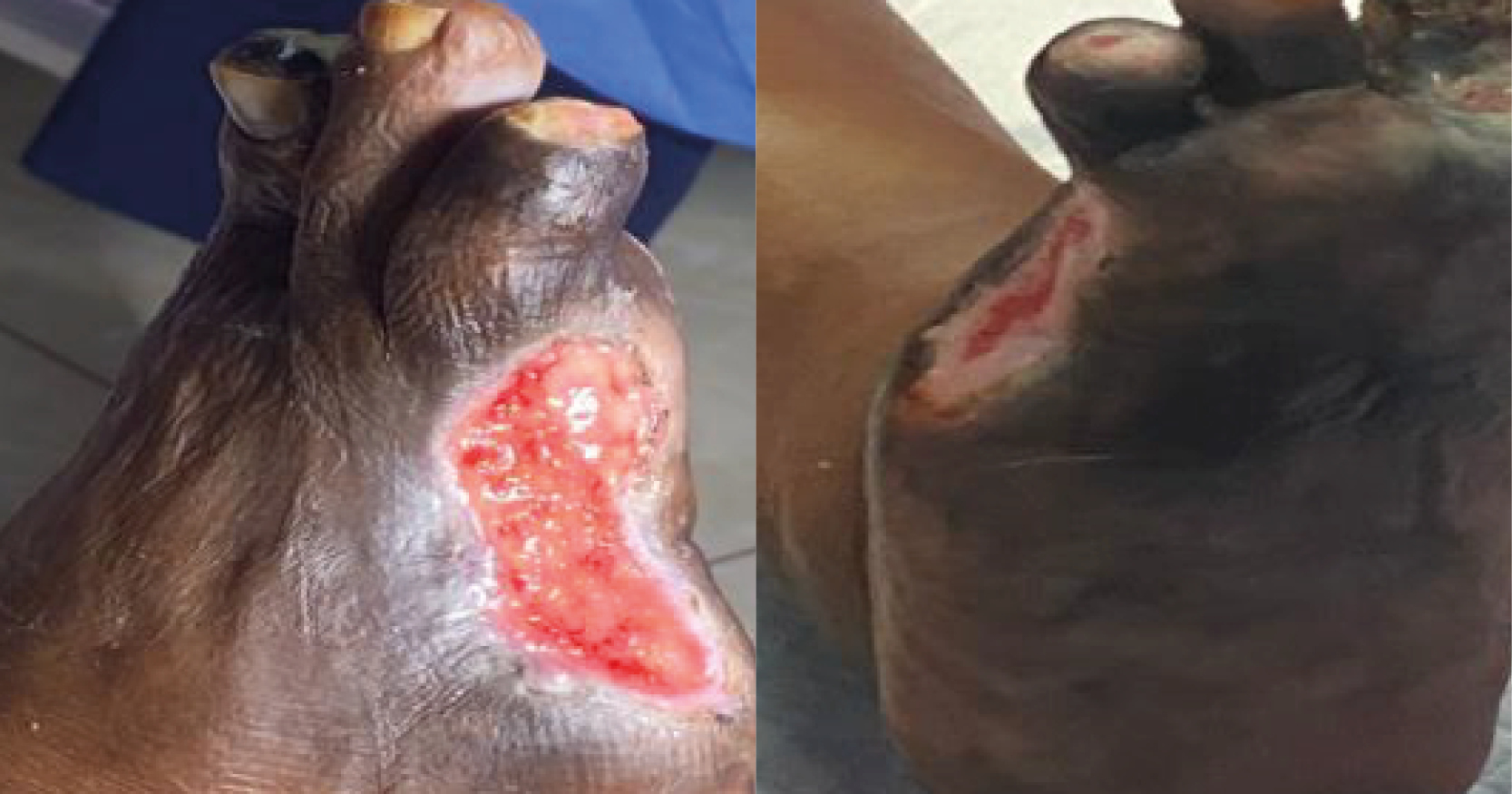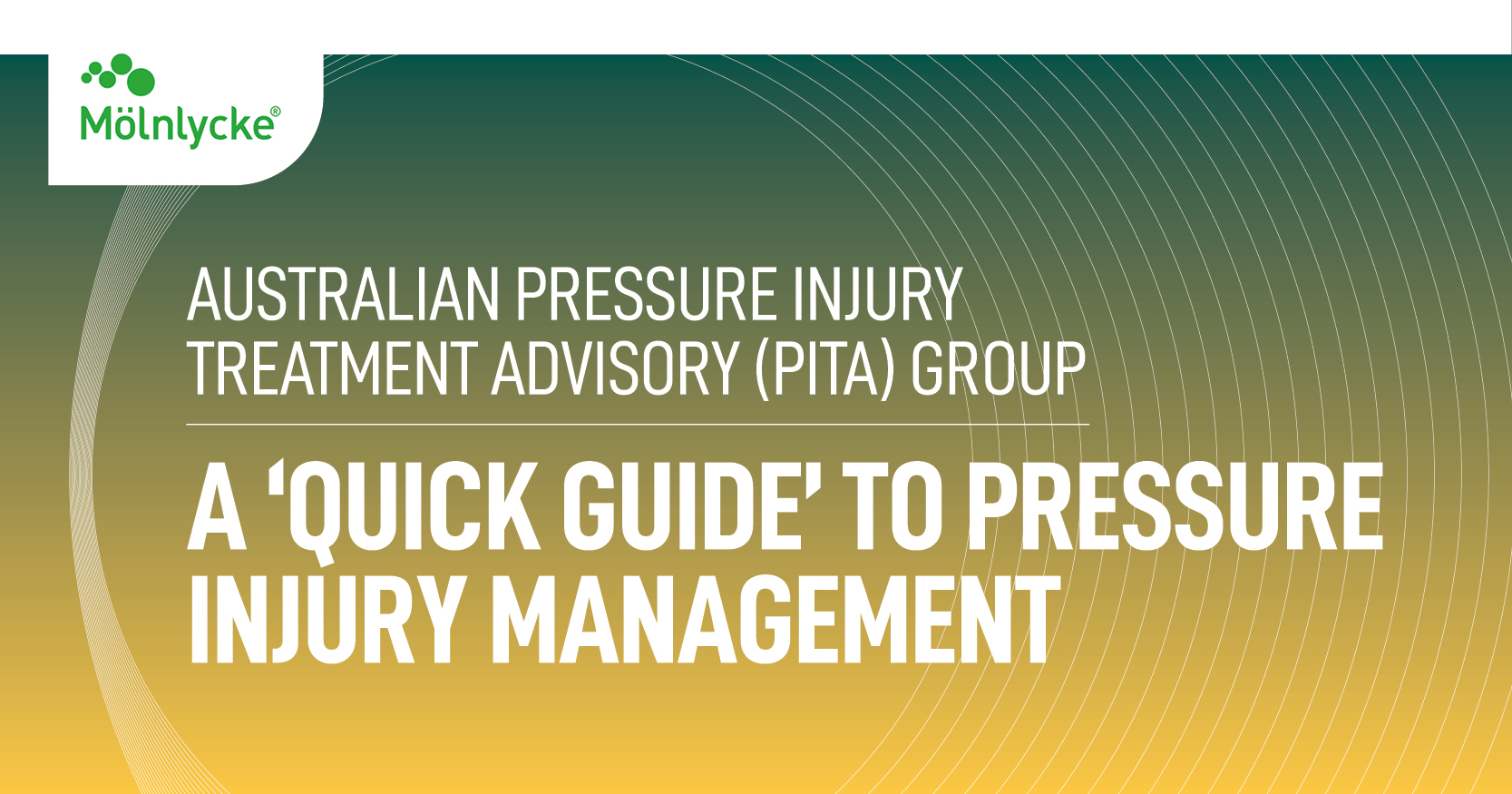Moisture-associated skin damage (MASD) describes the spectrum of damage that occurs in response to the prolonged exposure of a patient’s skin to perspiration, urine (Beeckman et al, 2015), faeces or wound exudate (Grey et al, 2011). When exposed to excessive amounts of moisture, the skin softens, swells and becomes wrinkled (Dowsett and Allen, 2013). Additionally, some individuals, such as the elderly, have been shown to have a reduced ability to dissipate excess heat, resulting in additional skin warming for a given stimulus (Nagashima et al, 2003). These changes to the microclimate of the skin, in addition to excess moisture, lead to a reduction in skin tensile strength and intracellular cohesion of the stratum corneum, and an increase the skin coefficient of friction. These cellular changes result in skin maceration (Reger et al, 2007).
TRANSLATIONS:
Supported by Medline Industries

